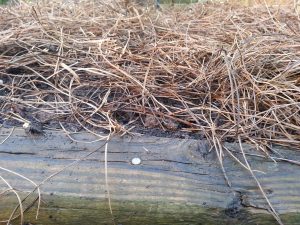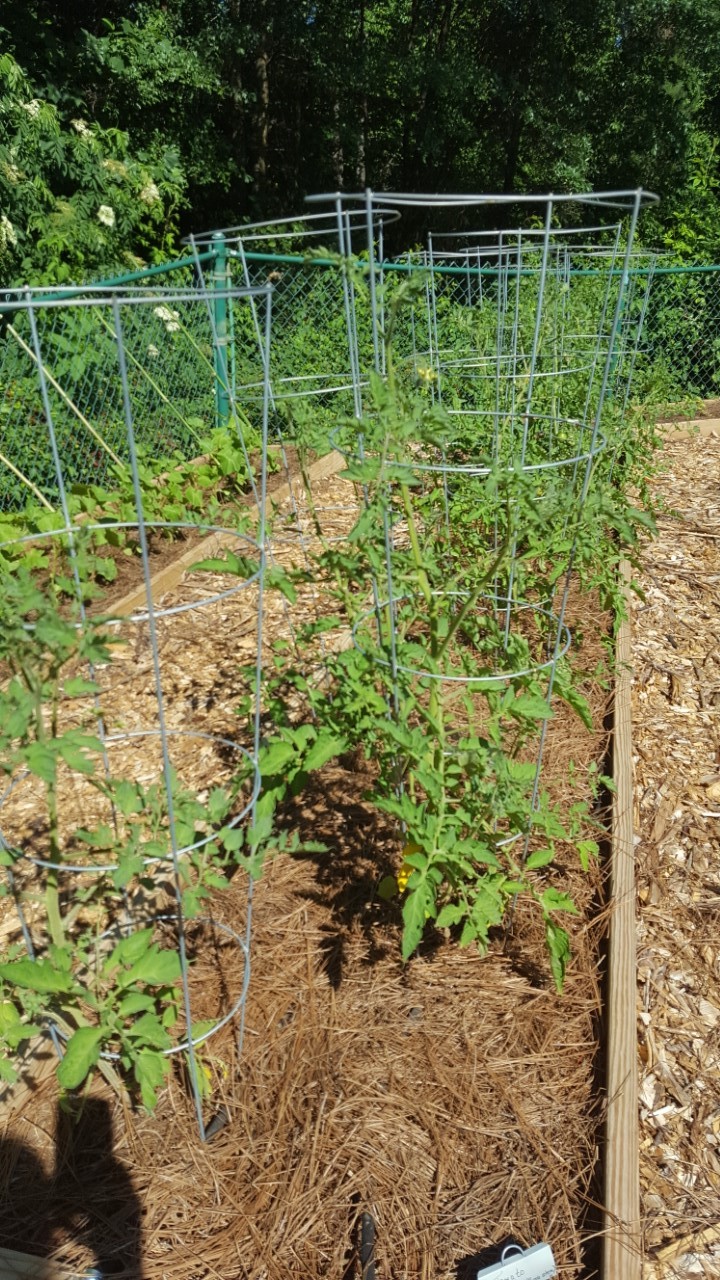To finish our series on “tiny topics” I want us to think about mulch. Most gardeners already know that mulching our plant is a MUST. It helps even out soil temperature and moisture and it holds down weeds. But we can improve how mulch works for us if we take a minute to look at it critically.
Choose your mulch type wisely. The first rule of thumb is that you want mulch to be inexpensive and easily available. However, you also want mulch that is free from weed seeds. I have purchased hay as mulch that ends up contributing more weed seed than it prevented.

If you are using the mulch in a seed bed you want the elements of the mulch not to be a hindrance to seed emergence. If a small seed is pushing against a wood mulch nugget that is a problem. Lightweight mulch is best.
Often communities will give free mulch made from old Christmas trees. Be cautious of receiving this type of mulch. It is often full of large tree chucks which will be problematic for small seeds and can damage plant stems.
Consider changing your mulch. Especially if you are growing food crops, consider changing your mulch each season. Disease-casuisng organisms and pest insects can often overwinter in mulch and plant debris. Replace old mulch with new disease-free mulch. Another piece of the integrated pest management puzzle!
I hope with this series you have had a change to realize how even small garden elements can have a big impact on your garden’s health. I have appreciated the feedback and emails about this series!
Happy Gardening!
- ParSLAY the Day! - June 12, 2024
- 6th Annual Great Southeast Pollinator Census - May 28, 2024
- Are you ready for Pepper Palooza? - July 5, 2023
